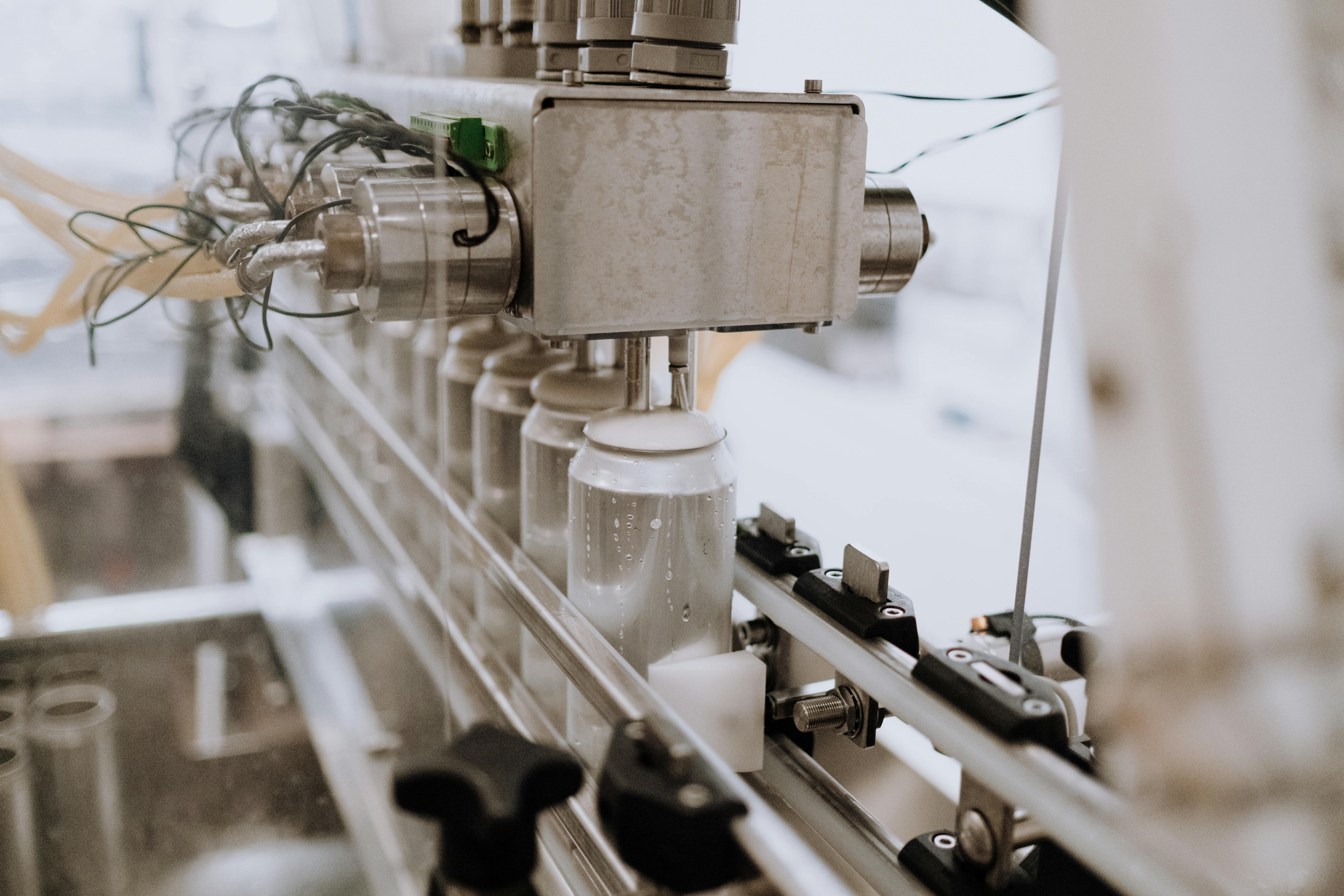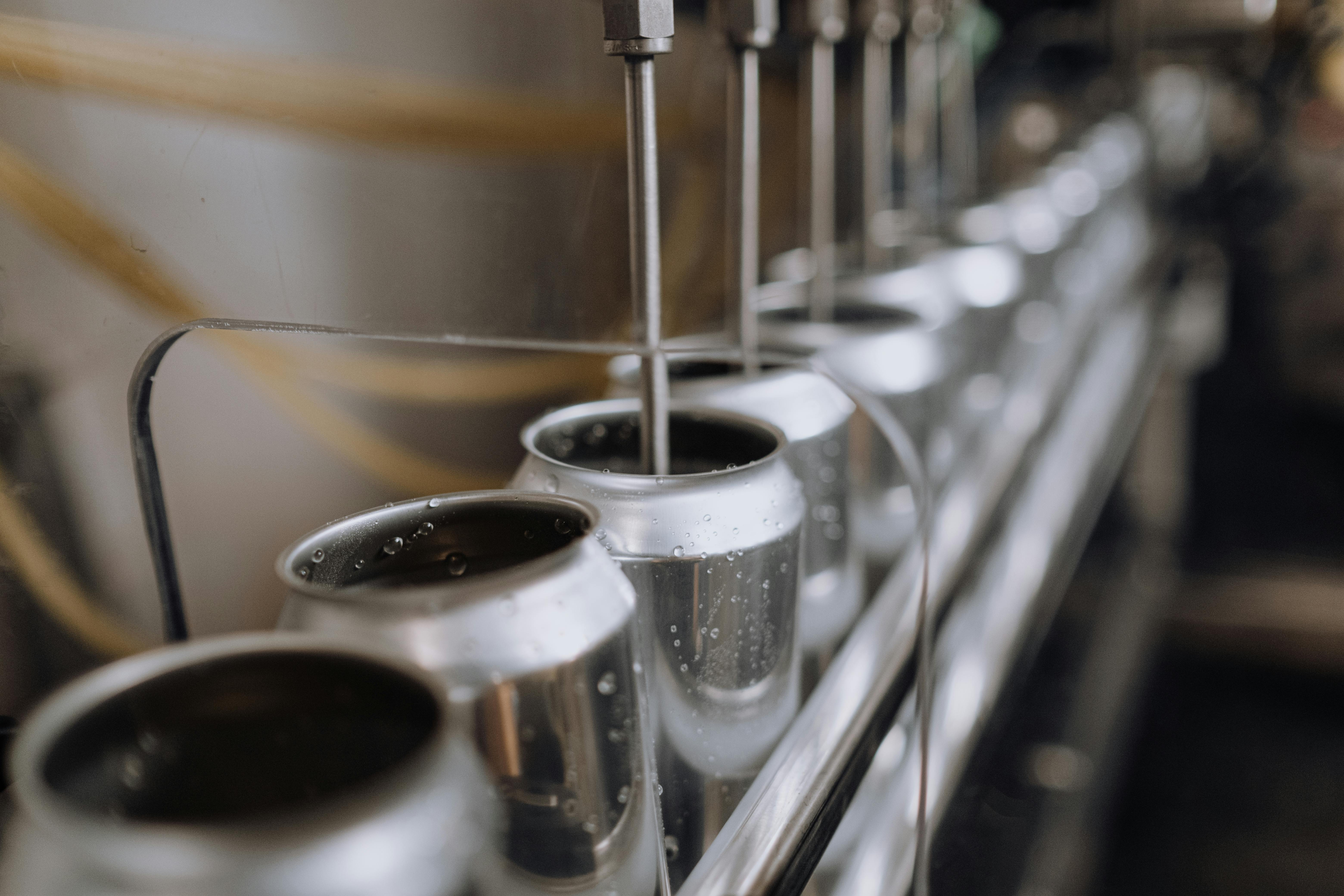🕓 Estimated Reading Time: 7 minutes
Overview
The global landscape of pharmaceutical, food, and beverage manufacturing is poised for significant transformation as the aseptic filling machine market is projected to attain a valuation of USD 3.18 billion by the year 2034. This robust growth trajectory underscores the increasing demand for sterile packaging solutions across critical industries, driven by stringent regulatory standards, expanding product portfolios, and a heightened focus on product safety and shelf life. The forecast, reported by GlobeNewswire on August 6, 2025, and attributed to a 'Healthcare Specialist' analysis, highlights the indispensable role of advanced filling technologies in meeting global consumption needs while ensuring product integrity and consumer well-being.

Background & Context
Aseptic filling refers to the process of filling a product into a sterile container in a sterile environment, ensuring that both the product and the container remain free from microbial contamination throughout the filling and sealing process. This technology is crucial for products that cannot withstand terminal sterilization, such as certain pharmaceuticals, biologics, dairy products, and extended shelf-life beverages. The adoption of aseptic filling equipment has become a cornerstone of modern manufacturing, particularly within the healthcare sector, where the safety and efficacy of injectable drugs, vaccines, and diagnostic reagents are paramount. Beyond healthcare, the food and beverage industry leverages aseptic packaging to extend product freshness without refrigeration or preservatives, reducing waste and expanding market reach. The historical growth of this market has been consistently driven by advancements in material science, sterilization techniques, and automation, which together enhance efficiency, reduce operational costs, and improve overall product quality. The stringent regulatory frameworks imposed by authorities like the FDA, EMA, and other national bodies further necessitate the adoption of reliable aseptic processes, thereby fueling market expansion.
Implications & Analysis
The projected growth to USD 3.18 billion by the market forecast 2034 reflects several underlying dynamics. The pharmaceutical sector continues to be a dominant driver, primarily due to the rising prevalence of chronic diseases requiring parenteral drug administration, the proliferation of biosimilars and biologics, and the increasing demand for pre-filled syringes and vials. These factors necessitate highly precise and contamination-free filling processes. The expansion of the global elderly population also contributes to the heightened demand for injectable medications and vaccines, reinforcing the need for advanced aseptic solutions. Moreover, the evolving consumer preference for natural, additive-free food and beverage products with extended shelf lives pushes manufacturers towards aseptic processing. This is particularly evident in the dairy and juice sectors, where aseptic carton packaging and PET bottle filling are becoming standard. Technologically, the market is seeing a shift towards integrated, fully automated aseptic lines that incorporate robotics, artificial intelligence, and advanced monitoring systems to minimize human intervention and enhance sterility assurance. This evolution in sterile filling technology is critical for achieving higher production speeds while maintaining rigorous quality controls. Regional market analysis indicates strong growth in Asia-Pacific, propelled by expanding healthcare infrastructure, a burgeoning middle class, and increasing foreign investments in manufacturing capabilities. North America and Europe, while mature markets, continue to innovate, focusing on high-speed, flexible systems and specialized aseptic applications for personalized medicine.

Reactions & Statements
Industry leaders and analysts have consistently underscored the critical role of aseptic technology in the future of various manufacturing sectors. Following the release of the market projections, experts have weighed in on its implications. An analyst from Healthcare Specialist, the firm behind the report, stated,
'The robust growth forecast for the aseptic filling machine market is not merely a statistical projection; it reflects an undeniable industry shift towards enhanced product safety, efficiency, and sustainability. As global supply chains become more complex and regulatory demands intensify, the ability to ensure sterile production from start to finish is no longer a luxury but a fundamental necessity for manufacturers across pharmaceuticals, food, and diagnostics. Investments in this technology signify a long-term commitment to quality and consumer trust.'
This sentiment is echoed by major players in the pharmaceutical packaging industry and food processing sectors, who are continually investing in research and development to introduce more advanced, high-throughput, and versatile aseptic solutions. Companies are not only focusing on increasing machine speed and accuracy but also on reducing the environmental footprint of their operations through more efficient use of resources and recyclable packaging materials. The collaborative efforts between machine manufacturers, packaging suppliers, and end-users are crucial in developing integrated solutions that address specific industry challenges, from delicate biologic formulations to high-volume beverage production.
What Comes Next
Looking ahead, the aseptic filling machine market is anticipated to be shaped by several key trends. Automation and digitalization will continue to be paramount, with the integration of Industry 4.0 principles leading to smarter, more interconnected filling lines. This will involve sophisticated sensors, real-time data analytics, and predictive maintenance capabilities, enhancing operational efficiency and minimizing downtime. Robotics will play an increasingly significant role in handling sterile products and containers, further reducing the risk of human error and contamination. Furthermore, the development of single-use technologies within aseptic processing is gaining traction, particularly for smaller batch productions and personalized medicine applications, offering flexibility and reducing cleaning and sterilization validation efforts. Innovations in packaging materials, such as advanced barrier films and more sustainable plastics, will also influence machine design and capabilities. The demand for flexible aseptic lines capable of handling diverse product types and container formats will rise, driven by product diversification and the need for rapid market responsiveness. Regulatory bodies are also expected to refine guidelines for aseptic manufacturing, pushing for even higher standards of quality and traceability, which will, in turn, spur further technological advancements and compliance investments.
Conclusion
The projected growth of the global aseptic filling machine market to USD 3.18 billion by 2034 signifies a pivotal period for manufacturing industries reliant on sterile processes. Driven by an unyielding focus on product safety, the proliferation of biopharmaceuticals, increasing food security concerns, and advancements in automation and digitalization, aseptic filling technology remains at the forefront of innovation. As companies worldwide strive to meet stringent regulatory requirements and consumer expectations for high-quality, safe products, investments in advanced aseptic filling solutions will continue to accelerate. This sustained demand underlines the critical importance of these machines in ensuring the integrity and extended shelf life of sensitive products across a multitude of vital sectors, solidifying their status as an indispensable component of modern industrial infrastructure.
Comments
Post a Comment